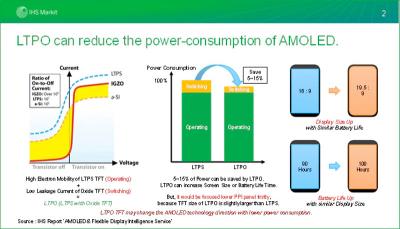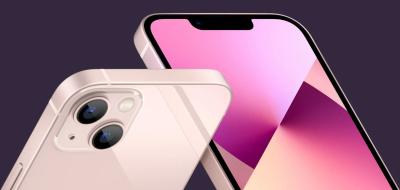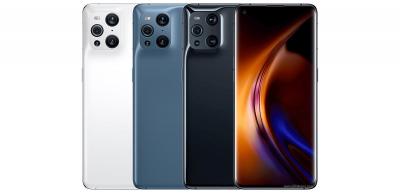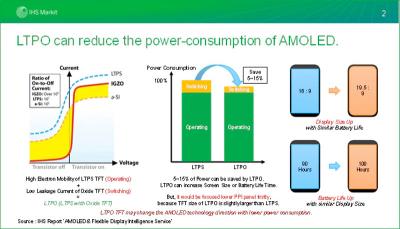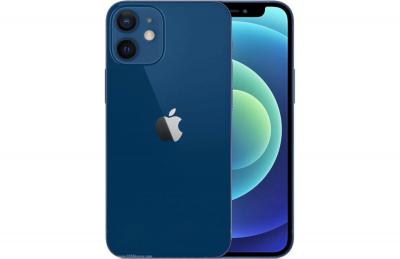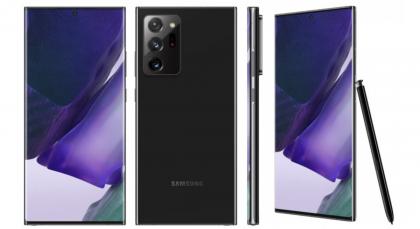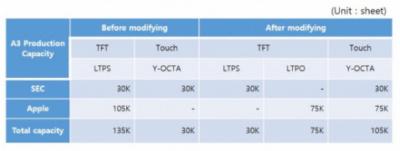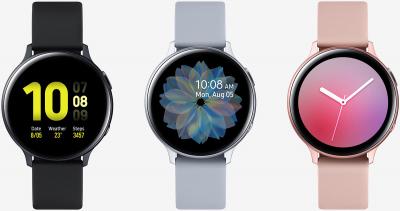DisplayMate: the iPhone 13 Pro Max display receives our highest overall display rating
Our friends at DisplayMate posted an in-depth technical review of the iPhone 13 Pro Max display. The 6.7-inch 1284x2778 10Hz-120Hz 1200 nits LTPO AMOLED receives DisplayMate's highest display performance grade of A+.
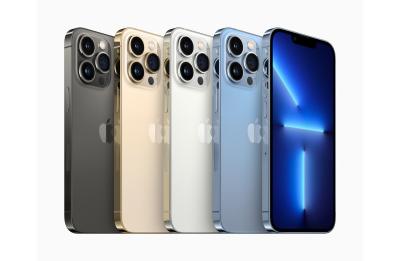
DisplayMate says that the new display outperforms the display adopted by Apple in last year's iPhone 12 Pro Max. The iPhone 13 Pro display's new adaptive 120Hz refresh rate which results in a 25% boost to power efficiency. The new display is also brighter by 27% and enjoys a higher absolute color accuracy. The size of the notch was also reduced by 20%.
